The owners of a Surrey manor believed to be the oldest continuously inhabited property in Britain are selling up and downsizing - because the maintenance has become too much.
It is thought that Great Tangley Manor has had residents since 1016 - more than a millienium ago.
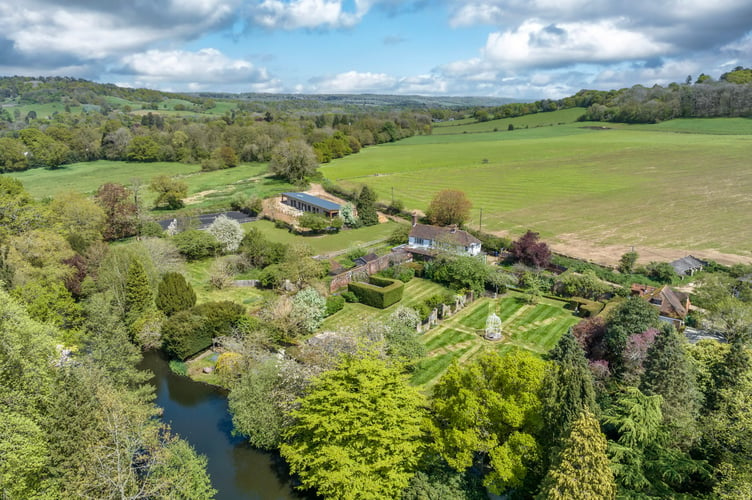
Anne Powell-Evans, 79, and her husband Glyn bought the house in Wornesh almost 30 years ago after being “drawn in” by the iconic history and the “beautiful gardens”.
Having acquired records of everyone who has inhabited the home since 1016, the owners feel they can confidently claim it as the oldest constantly lived-in home in the nation.
It has had numerous important visitors in its storied history, including Henry I and George VI.
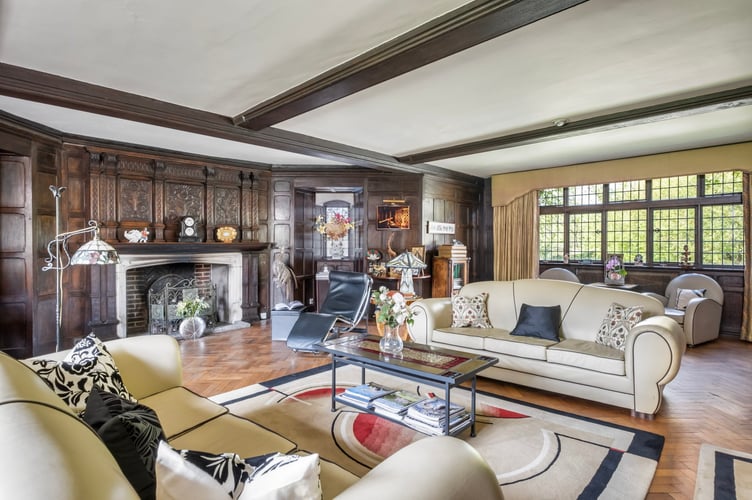
However, with maintenance costing the couple up to £7,000-a-month, they have now decided to put the property on the market - with an asking price of nearly £5 million.
They say they intend to stay within the village, merely downsizing their home.
Mrs Powell-Evans said: “I have just graduated with a Masters degree, and my subject was Great Langley Manor. I know everything about the house from 1016 onwards.
“We believe it is the oldest constantly lived in home. It is very difficult to find provenance but with the exception of about 100 years in the 1400s I know who has lived here the entire time.
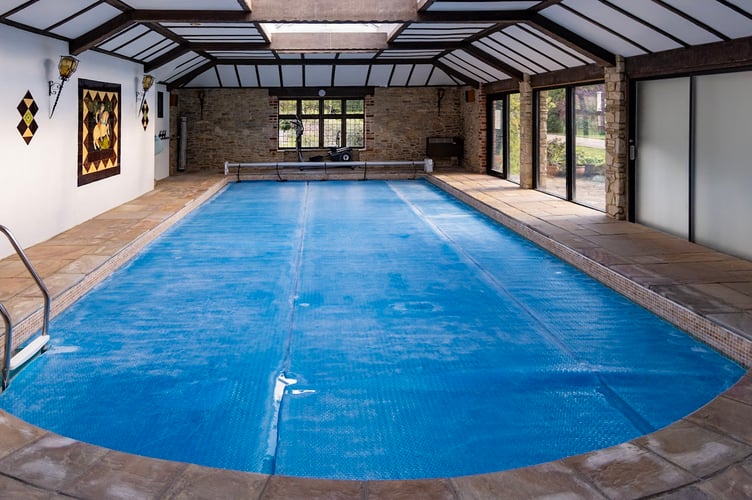
“The house just sucks you in. It is so fantastic. I can’t describe the feeling when you look at it every day. It just draws you in with its history.
“Hardly anybody knows we are here. We are up a little track but we are only six minutes from the heart of Guildford. When you’re standing in the garden you can hear absolutely nothing.”
Mrs Powell-Evans says they are now looking to sell as they no longer have the “energy” to keep up the maintenance, which costs them between £5,000 and £7,000-a-month.
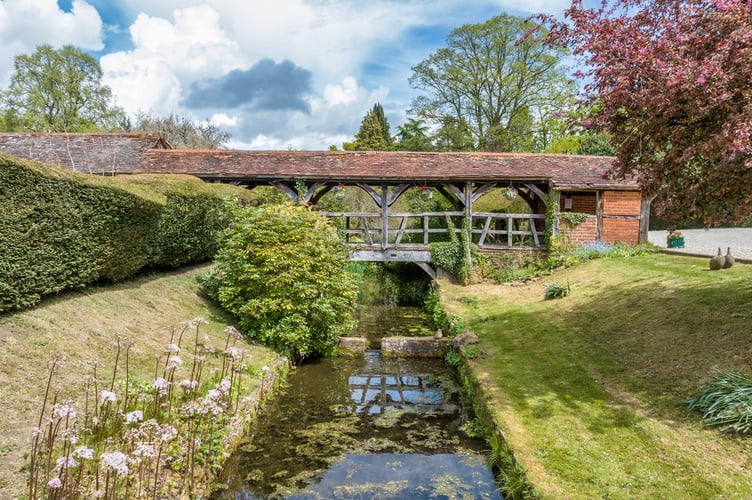
The manor is listed for sale with an asking price of £4.95 million.
Mrs Powell-Evans said: “I didn’t intend to buy this house, I had wanted an airy barn, but we came across this home and you just get drawn in straight away by this feeling of the history and the past.
“You have got to love it. It is a labour of love. Because of its historic importance it is necessary to keep it maintained well. We have put in a lot of work in 30 years to get it up to scratch and keep it at the level it should be at.
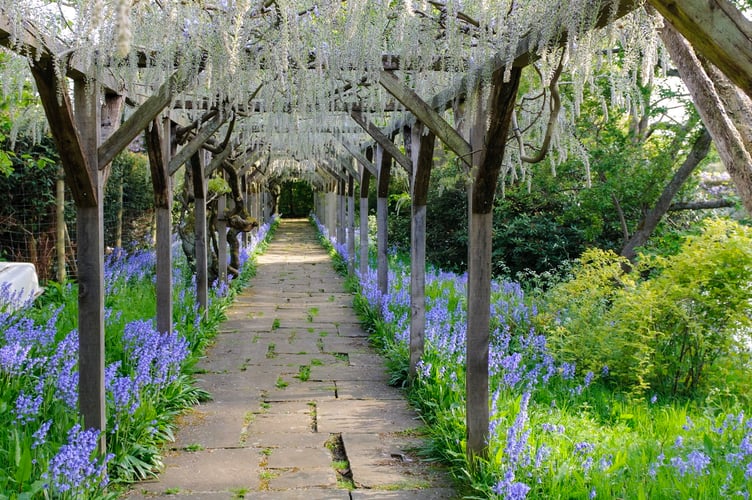
“I suppose any property this large is hard to maintain. One of the main reasons we are moving is because you do get to the stage where you haven’t got the energy to maintain it as you should.
“There is nothing worse than seeing something deteriorate around you. There are only two of us. We want to pass it on to someone with more energy than we now have.
“It is not cheap to maintain any large house. But, in a way it doesn’t matter because it is just so important to keep it at the level it needs.”
The Grade I-listed home was divided into two homes in 1959.
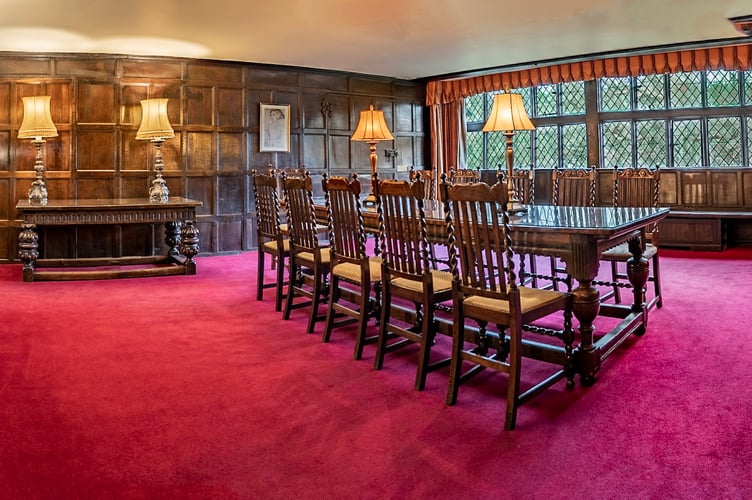
However, in 2005 Mrs Powell-Evans' neighbour passed away and she bought up the other half.
The ten-bedroom and six-bathroom property has around 6.85 acres of gardens and grounds with a tennis court and indoor swimming pool.
Throughout the various owners, including the younger brother of William the Conqueror and Odo Bishop of Bayeux, the home has had some huge changes across the centuries.
Anne says they have made lots of changes in their residence, including adding a glass box to the back of the property, redecorating, modernising the electrics, and replanting flower beds.
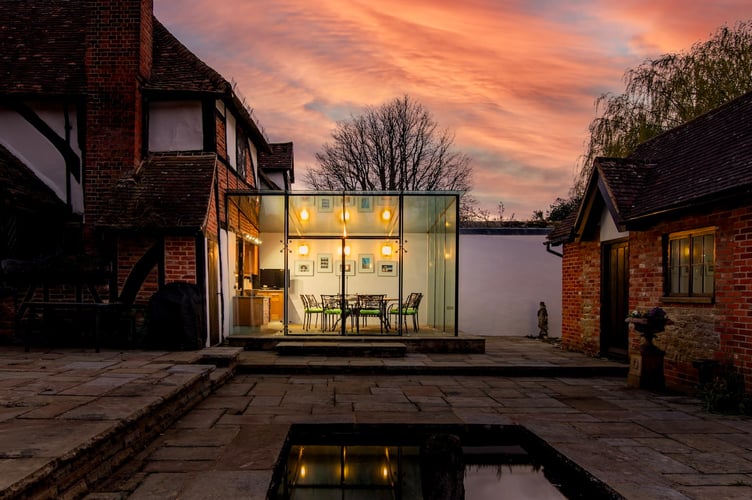
There are also some secrets in the home, such as a hidden priest hole in the study fireplace which the couple discovered, and some haunting visitors.
Anne added: “There are some presences in the house, but they are very benign and friendly.
"A few odd things happen, but when something has been here for 1,009 years there has got to be something going on.”
A few people have come to view the property, but Anne says she doesn’t anticipate they will sell it anytime soon due to the current economy.
In the meantime, the couple are enjoying the rest of their time in the home and say their three grown up children often visit.
Anne, who runs a holiday let and volunteers for a cancer charity, said: “It was an incredibly difficult decision to sell.
"It was really heartbreaking. But, one has to think about what is going to happen to the building and put that before yourself.
“You have got to love it. There is no point coming here unless you have an emotional connection to the house.
“We want somebody to love it and maintain it in the way that we have.”




Comments
This article has no comments yet. Be the first to leave a comment.